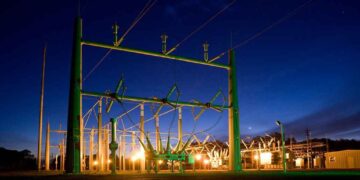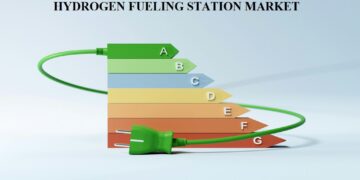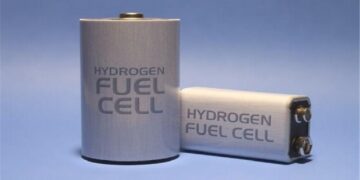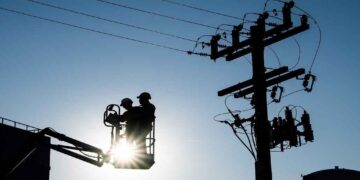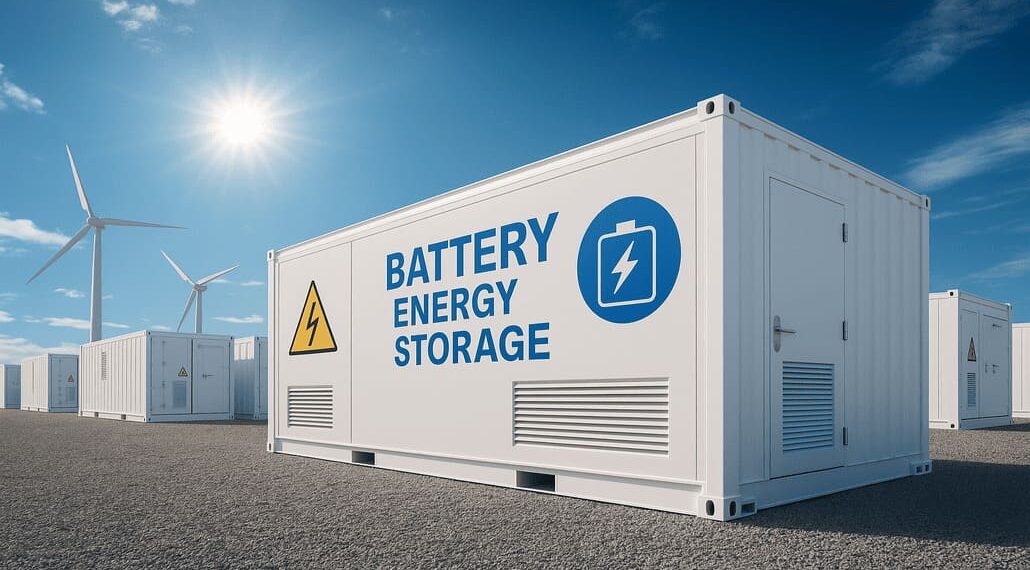One cannot have sustainable energy systems without storage, and lots of it too. When it comes to signatory countries, in order to achieve the commitment, set at COP 28, for instance, global energy storage systems have to increase sixfold by 2030.
It is well to be noted that batteries are anticipated to contribute 90% of this capacity. They also go on to help optimize the energy pricing, match the supply with demand, and at the same time prevent power outages, besides many other crucial energy system tasks. If one has to put it simply, batteries are the beating heart when it comes to energy transition. So, what are the opportunities and barriers of this rising but challenging market?
As the Battery Prices Dip, Their Prevalence Is Bound to go up
Let’s first start with the good news – The dipping price of batteries as the production capacity rose over the past decade. it will be indeed interesting to see how such ongoing price drops affect two of the steepest challenges that have been underscored in the report – the extended payback period when it comes to the investors and also the profitability of the manufacturers.
Just like this, as batteries become more available as well as affordable, there is reason to believe that every solar photovoltaic site is going to have some form of battery storage or the other. One can also expect to witness more residential battery usage. It would as well be people buying their own battery energy storage system (BESS) so as to capture energy from their solar panels and, at the same time, discharge it at peak durations. On the other hand, it could indeed be EV owners with vehicle-to-load – V2L functionality, renting or even leasing a battery by way of the growing trend for batteries-as-a-service.
Innovation can also Lead to Surplus Batteries with Energy Demand Outstripping the Supply
The growth in availability at the same time as the drop in the cost also has its own demerits. First, with many batteries coming on to the market, how can one track where they all are or, for that matter, how well they are cared for through their life cycle? And what would happen when an innovation arrives, such as flash charging from the Chinese company BYD that enables an EV battery to charge within 15 minutes? How can one know that the stock it supersedes is going to be properly disposed of and not just thrown away in a landfill?
Second, in case the rising numbers of homes happen to have a BESS as well as an EV charging point, it is going to create a level of demand that the grid was not in the first place designed to meet. For instance, it makes a lot of sense to charge the EV overnight, but what if everyone does the same? It will put a giant stress on the overall system. This could very well lead to the distribution system operator telling the consumers that they can’t have an EV charger or BESS-and let’s be clear – the political implications of this are going to be huge.
And the final issue is the rising need for sovereignty when it comes to battery and energy production. As it has been witnessed, there is an impact on energy prices from being more reliant on other countries for supply. However, having just one country, which is China, produce 83% of the world’s total batteries and also mine almost one-fifth of the lithium goes on to create vulnerabilities. The fact is that only time will tell how the trade tariffs that the US administration has recently imposed on countries like China are going to affect the battery prices as well as their raw material’s.
Data and AI are Going to be a Big Part When it Comes to any Solution
At present, there is not a single defined solution to the challenges that have been described, but let’s look at some ideas that can be considered.
- In the distributed energy systems of today, data and AI happen to be the king, so why not make use of them so as to ease the stress? For instance, advanced battery management systems can go on to extend the life of batteries by consistently tracking and, at the same time, maintaining their health and, in a way, optimizing the way they charge and even discharge. Data as well as AI can also accelerate the research and raise the visibility when it comes to the supply chain.
- Partnerships between governments as well as industry could enable them to overcome the barrier of an overstrained power grid. Having a data-sharing infrastructure – DSI in place can ultimately lead to a more easily connected kind of battery storage device on the grid and, at the same time, also optimize when and even how they are used.
- Notably, Europe, along with the US, has gone on to invest heavily in terms of rebalancing the scales as far as battery production is concerned. At the same time, governments that are too serious when it comes to sovereignty will be required to keep incentivizing as far as local production is concerned. This is as good as supporting the research and development when it comes to technologies that depend on varied components or materials, such as solid-state and sodium-ion batteries.
New innovations always risk making the ones that are old redundant. However, as per the report, just one out of three organizations have taken meaningful steps so as to establish a circular economy. In order to move ahead, one needs more initiatives such as sustainable batteries, regulation along with more research in terms of recycling methods, and also a sustainable-by-design kind of approach when it comes to battery manufacturing.
Let’s be Clear – Batteries are Not Only Storage
The fact is that these challenges are not going to be solved overnight. However, other innovations are indeed emerging. For instance, the giant solar array within John F. Kennedy International Airport in New York is going to feature 384 384MW of hydrogen fuel cells. Heathrow Airport in London would have appreciated this capacity when a fire recently broke out in one of the electrical substations that supplies power. Due to it, the airport was closed for more than a day in March 2025.
Batteries are indeed part of a bigger picture, far away from being the be-all and end-all. In the time to come, it could as well mean that one has sustainable energy systems that roll out varied kinds of storage in order to help it manage, track, and even optimize energy usage. With AI developing at its own pace, there is indeed more opportunity than ever in order to achieve it.












